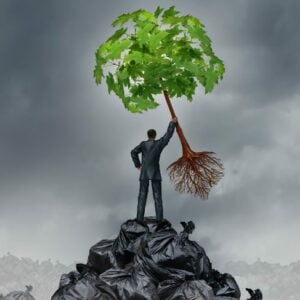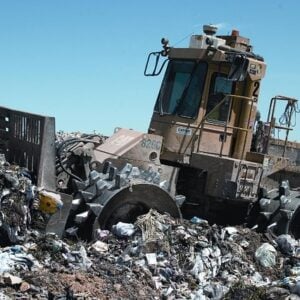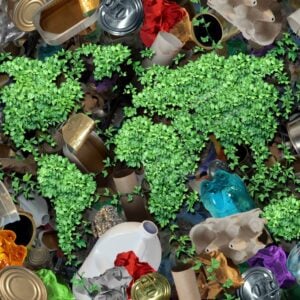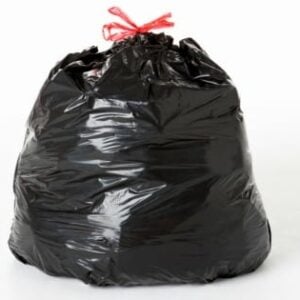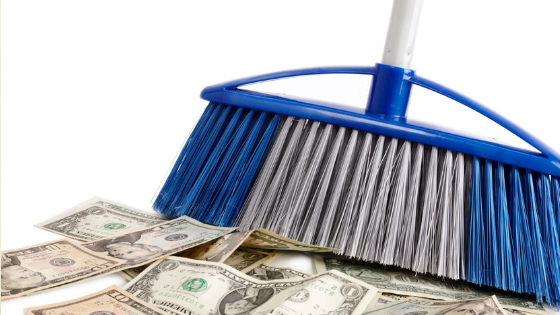
Economic Value Of Waste: How To Maximise The Value Of Waste! 📊
Economic Value Of Waste 📊: Did you know that the average Swede sends 3 kg of waste to landfills each year, whereas the average Australian sends 1 tonne.
Since the industrial revolution, waste has been a major environmental issue worldwide. Of course, we could say the see and say the same about Australia.
At the same time, humankind has been following a linear model of production and consumption. This model not only limits sustainability but also limits environment-friendly waste products. In addition, these waste products are materials we don’t need that end up as trash. Waste can be solid or liquid and both types of waste can be hazardous.
The total volume of waste is the measure of the overall impact of human activity on the environment. The good news? We can turn these tonnes of trash into treasure by turning them into energy!
>Download Now: Free PDF Business Owners Guide To Commingled Recycling Bin Services
Repair, reuse, reduce and recycle: the circular economy model
A new movement is gaining ground that seeks to ensure everything can be reusable somehow. A circular economy (or “circularity”) is a model of production and consumption, aiming to eliminate waste and the continual use of resources. Furthermore, it is an economic system involving sharing, leasing, reusing, repairing, refurbishing and recycling existing materials and products as long as possible. It is an approach that involves using products that can we can reuse completely or the “cradle-to-cradle approach”, which, of course, means taking advantage of the economic value of waste.
By practice, it is a global trend driven by scarcity of resources targeting to extend the life cycle of products.
With the intent to close loops in which raw materials, components and products are put in use for longer, thus improving the productivity of resources.
In this concept, all ‘waste’ should become ‘food’ for another production process. It implies reducing waste to a minimum and maximising the economic value of waste. This particular concept is in contrast to the traditional linear production model of ‘take, make, dispose of’.
At its core, a circular economy model has the intention of designing out waste. In fact, a circular economy is based on the idea that there is no such thing as waste.
The economic value of waste: turning Waste-to-Energy
The circular economy is an industrial model that is regenerative by intention and design. It has benefits that are operational as well as strategic and brings together a huge potential for value creation in the economic, business, environmental and social spheres.
It also can stop unnecessary exploitation of resources and extends the economic value of waste. This concept is appealing as it not only makes our current way of life more sustainable but also presents opportunities for businesses.

We can turn the wastes we are producing every day into something good. Such as electricity, heat or fuel. Further, we can generate electricity by burning solid waste found in landfills – converting solid waste into gas to produce energy.
A community must have a waste-to-energy facility that incinerates garbage and transforms chemical energy into thermal energy. Waste-to-energy (WtE) plants burn municipal solid waste (MSW), often called garbage, rubbish or trash, to produce steam that generates electricity.
Most wastes-to-energy processes produce electricity, fuel or heat energy directly through combustion or incineration. From energy-rich materials such as plastics, wood, textiles and non-recyclable paper, plants can generate heat, electricity, steam or solid fuel.
Other incineration processes include such as gasification, pyrolysis and methane capture.
How it affects you
Waste, be it the one ending up at landfills or mixing in the air polluting our surroundings is a threat to the environment. Projects wherein we convert waste into usable forms of energy are of paramount importance. They also help us sustain the environment and maximize the economic value of waste.
However, the problem today is that many vital products are hard to dispose of.
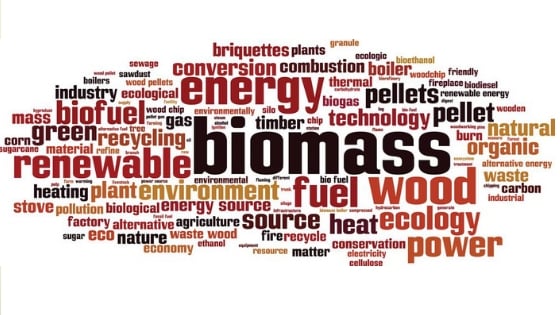
The way consumers are utilizing resources these days is leading to huge amounts of waste. The quantity of waste has been increasing constantly across the world. In fact, the problem has become so severe that some developed countries have started exporting their waste to third-world countries.
While some energy companies have been taking steps like recycling to control this situation to an extent, there are major efforts required to manage waste. Having overflowing local landfills is not a problem of just one country, it has been happening all over the globe.
This situation is threatening humans as well as the environment. In Australia alone, 50 million tonnes of waste is generated each year!
It’s clear that as the global population grows, urban societies will consume more resources per capita, putting more pressure on the planet.
Sweden is a country that has set up several waste incineration plants in order to generate energy for heating purposes. In 2018, the Swedish government even established a special advisory group to help it make the circular economy a key part of its policy. It is one of the most successful countries in converting waste into energy.
The economic value of waste: future of energy from waste
Different projects are harnessing different forms of waste to convert them into usable energy. As waste is emerging as a massive worldwide problem, huge amounts crowd landfills.
Not only are they eyesores, but they are also highly damaging to our ecosystem and to us. The economic value of waste has never been more timely and relevant as more and more innovations are developing.
There are some countries that are employing environmentally friendly measures to tackle waste problems. They are utilizing this waste to something which is of value to everyone that is energy.
Moving towards a more circular economy could deliver benefits such as reducing pressure on the environment. It improves the security of the supply of raw materials, increasing competitiveness, and stimulating innovation. It also boosts economic growth, thus creating jobs (580,000 jobs in the EU alone).
Finally, it provides consumers with more durable and innovative products that will increase their quality of life and save them money in the long term.
Leave a Reply Cancel reply

Product categories
Most Popular Posts
-
Commercial Waste Management Services: Reduce Waste Collection Costs! 🚍
-
Medical Waste Disposal: Everything You Need To Find Out In 2024! 💉
-
Rubbish Removal Sydney 2024: Better Bin Collections For Business ✅
-
Clinical Waste Disposal 2024: What To Know About Business Clinical Waste ⚕️
-
Secure Document Destruction 2024: All About Security Bins Shredding 🔒
-
Free Cardboard Recycling 2024: Can I Get Free Cardboard Collection? 📦
-
Confidential Paper Disposal Bins 2024: What You Need To Know About Shredding! 🔒
-
Recycling Bins Australia 2024: Recycling Can Boost Your Profits! ♲
-
Commercial Wheelie Bin Collection: What Businesses Need To Know In 2024 🗑️
-
Commingled Recycling 2024: Why Commingled Bin Is Key To Recycling 🍾


